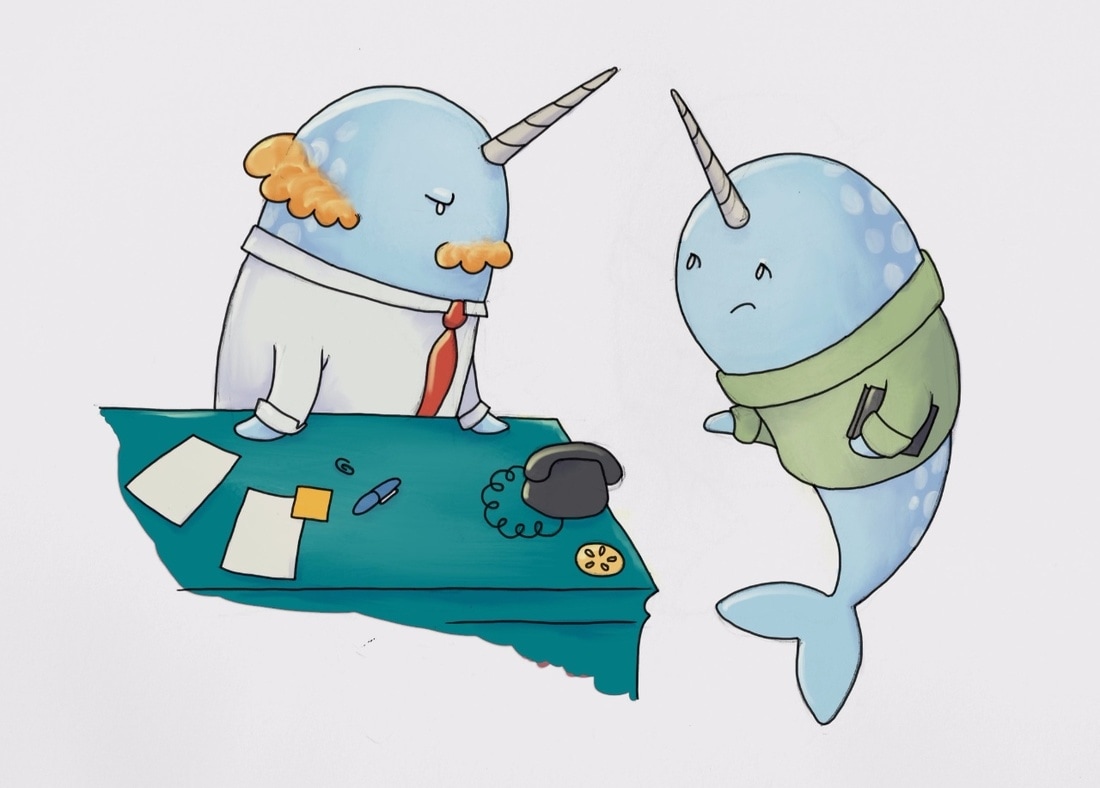A Pained Life: The “I Dunno” Answer
/By Carol Levy, Columnist.
“I dunno.”
That phrase feels like the bain of my existence. Most of us have heard it.
My brain stimulator implant is experimental. I was told I'm just the 13th person in the world to get it. It was in for over 20 years, but recently stopped working. Until it failed, I had not been aware just how much benefit the stimulator had given me. I was still unable to work -- the eye pain from my trigeminal neuralgia is too bad -- but I was able to do a lot more things before the pain became unbearable. Once the stimulator failed, I was back to where I was originally,
I asked my neurosurgeon “Why did it fail?”
He shrugged his shoulders. “I dunno.”
As it failed, I was getting some horrific “tic-like” pains. My pain doc ascribed them to anaesthesia dolorosa (phantom pain). They were very different in intensity and sensation from the usual pain. They were odd spontaneous sensations, usually an intense itch in a small area under my nose (an area that was not a part of my trigeminal neuralgia).
Neither my neurosurgeon nor my pain doc could explain why this was happening. My feeling was that maybe the sensory cortex, where the implant was placed, might be remembering the stimulation and causing the pain.
When I asked, they gave the same answer. "I dunno.”
I searched the internet for a sensory cortex specialist. I found one and sent off an email. “Does the sensory cortex remember?” I asked, explaining about the implant, where it was, what it was supposed to, and the weirdness of the pain.
He was very kind and replied almost immediately. “I dunno.”
The “'opioid epidemic” has harmed many people in the chronic pain community, who either no longer have access to opioid medication or the amount that had been helping. I talk to these people and read what they write in support groups.
“My doctor reduced the amount of opioids I was on,” they say. Now they can’t work, clean their homes, take care of their children, or go on disability. Others say their doctor now refuses to write any more prescriptions for a medication they were taking for years.
Invariably, the end of the conversation with the doctor is pretty consistent. “What am I supposed to do now?”
“I dunno.”
Often we ask our physicians why we have the disorders we have, what are the standard treatments, and if they might help us. Too often we get the “I dunno” answer.
I am not sure what it is about pain vs. so many other health conditions, but “I dunno” seems to be the answer too many times for too many of our questions.
As long as pain is a distant cousin to cancer, diabetes and other “major” health problems, we will be the proverbial 4th cousin twice removed. The medical community and government will be happy to just pat us on the head, say “I dunno” and hope we disappear.
Carol Jay Levy has lived with trigeminal neuralgia, a chronic facial pain disorder, for over 30 years. She is the author of “A Pained Life, A Chronic Pain Journey.”
Carol is the moderator of the Facebook support group “Women in Pain Awareness.” Her blog “The Pained Life” can be found here.
The information in this column should not be considered as professional medical advice, diagnosis or treatment. It is for informational purposes only and represent the author’s opinions alone. It does not inherently express or reflect the views, opinions and/or positions of Pain News Network.







































